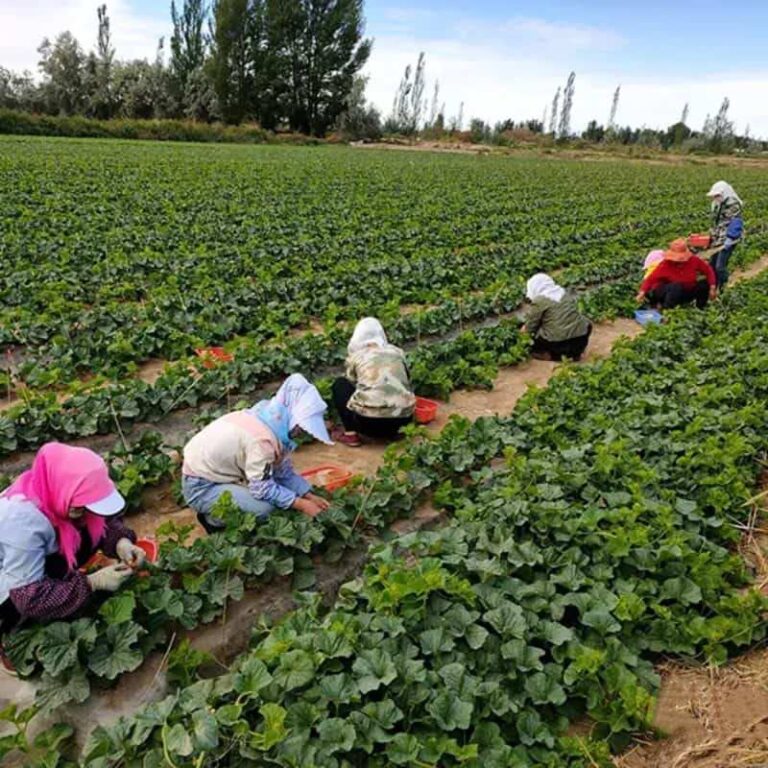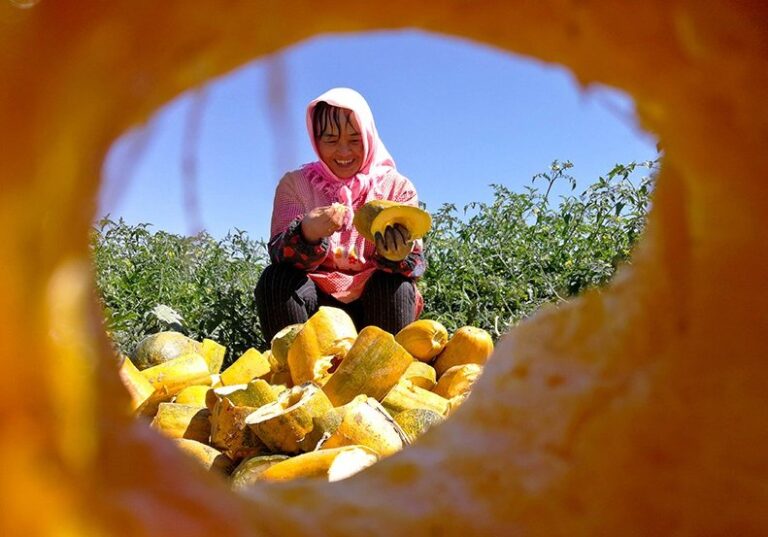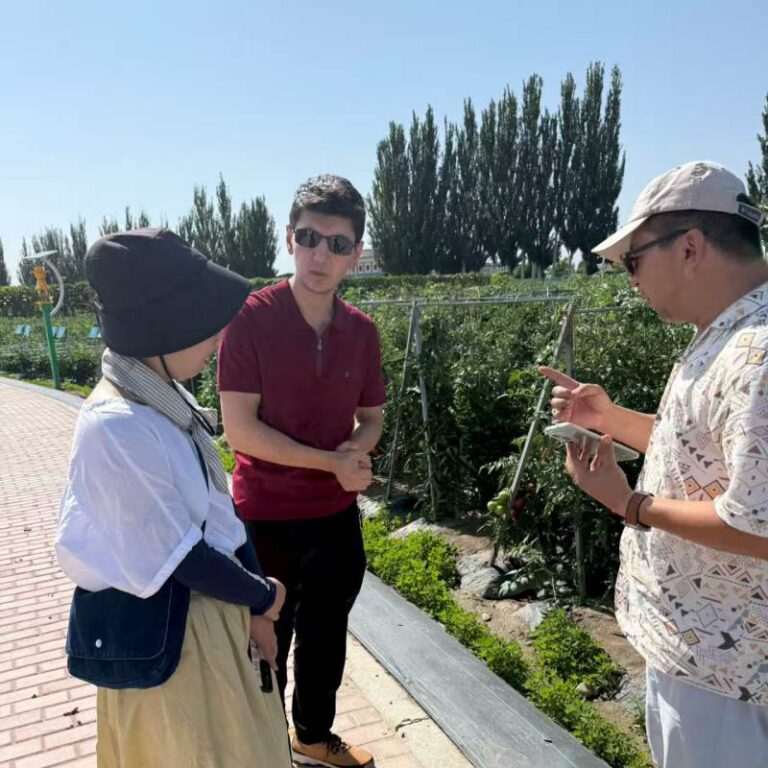
Introduction: Why Grow Hybrid Habanero Peppers?
Habanero peppers are one of the most popular chili varieties in the world, prized for their intense heat and fruity, citrus-like flavor. Whether you’re a commercial farmer or a passionate home grower, mastering how to grow habanero peppers can lead to rewarding harvests and even greater market opportunities. At Luteseeds, we believe in empowering growers around the world to “sow the seeds and light up the earth.”
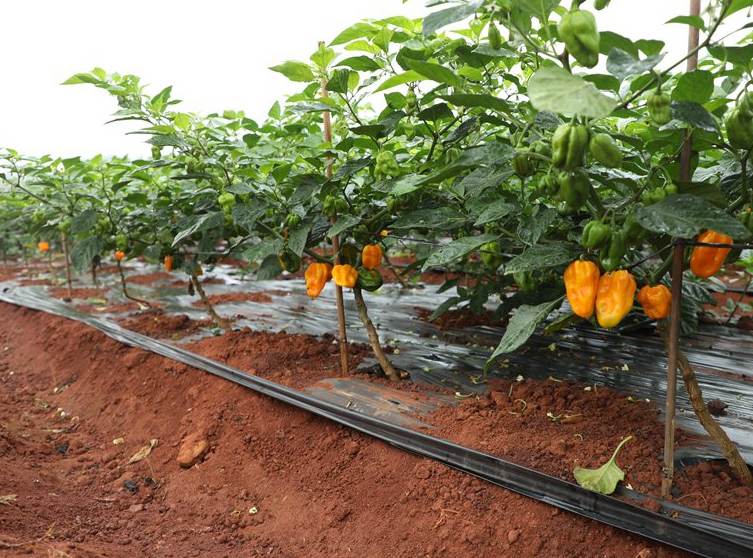
Understanding Habanero Peppers
Originating from the Amazon basin and later spreading to Mexico and the Caribbean, habaneros are now cultivated globally. Known for their vibrant orange, red, or even chocolate hues, habanero peppers rank between 100,000 and 350,000 on the Scoville scale, making them one of the hottest commonly grown peppers. Beyond heat, they offer high vitamin C content, antioxidant properties, and increasing demand in spicy food markets. #habaneropeppergrowingguide
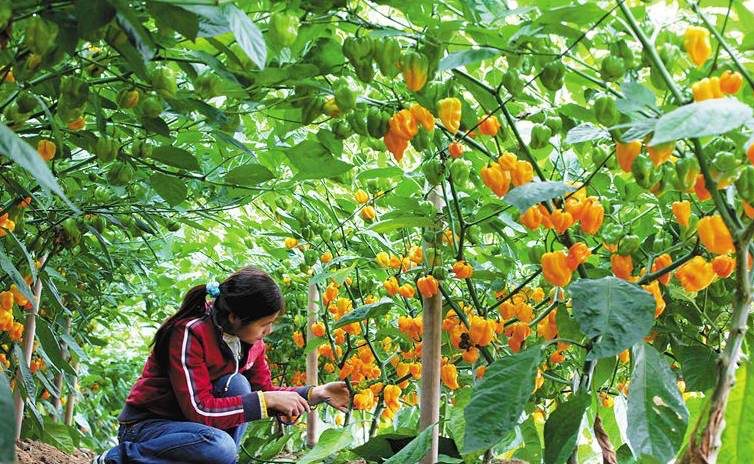
Choosing the Right Habanero Seeds
The key to success begins with choosing the right seeds. High-quality, disease-resistant, and high-yielding seeds will significantly influence your outcomes. Luteseeds offers premium habanero pepper seeds tailored for varying climates, disease resistance, and top-notch flavor profiles. #luteseedshabaneroseeds
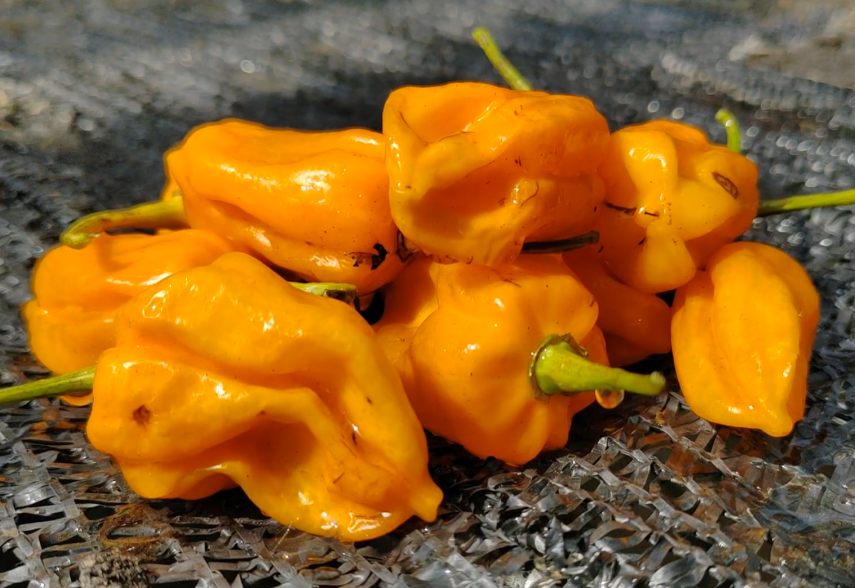
Ideal Growing Conditions
Habanero peppers thrive in warm climates with full sunlight. The ideal soil pH is between 6.0 and 6.8, and the soil should be well-draining and rich in organic matter. They can be grown in open fields, greenhouses, or containers with proper climate management. #bestclimateforhabaneropeppers
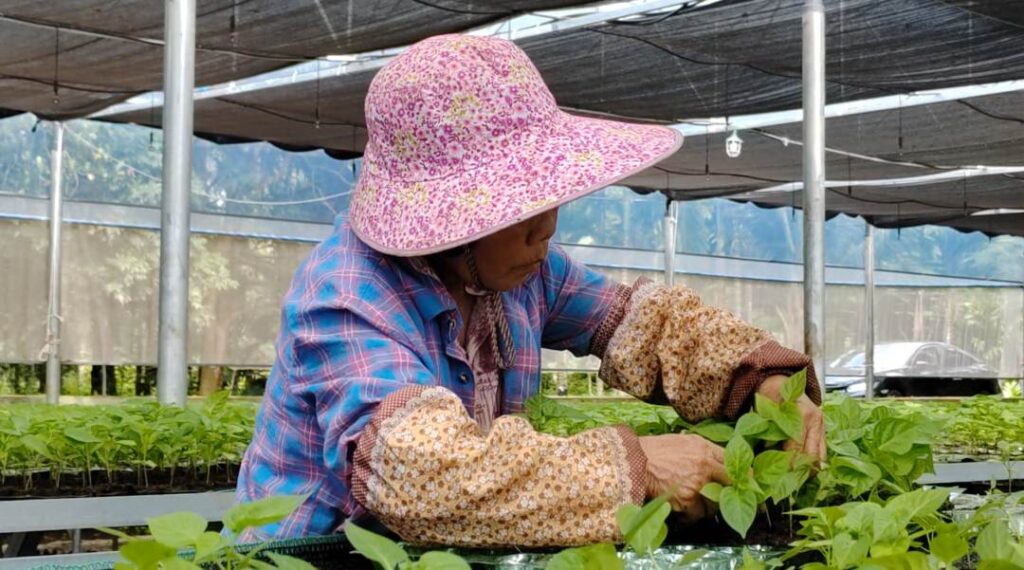
Sowing and Germination of hybrid habanero seeds variety
- Seed Treatment: Soak seeds in warm water for 12 hours before sowing.
- Germination Tips: Use heat mats and humidity domes to maintain consistent temperatures between 26–32°C. Germination may take 10–21 days.
- Transplanting: Once seedlings have 2–3 true leaves and the weather is consistently warm, transplant into the field or final growing containers. #howtogrowhabaneropeppersfromseeds

Transplanting and Field Preparation
Transplant with spacing of 45–60cm between plants and 70–90cm between rows. Raised beds, drip irrigation, and mulching help retain moisture and suppress weeds. Companion plants like basil or onions can naturally deter pests.
Fertilization & Nutrient Management
Start with a balanced fertilizer rich in phosphorus to encourage root development. As plants mature, shift to potassium-rich blends to support fruiting. Luteseeds recommends a schedule that includes both organic and synthetic options, ensuring consistent growth throughout the season. #organicfarminghabanero
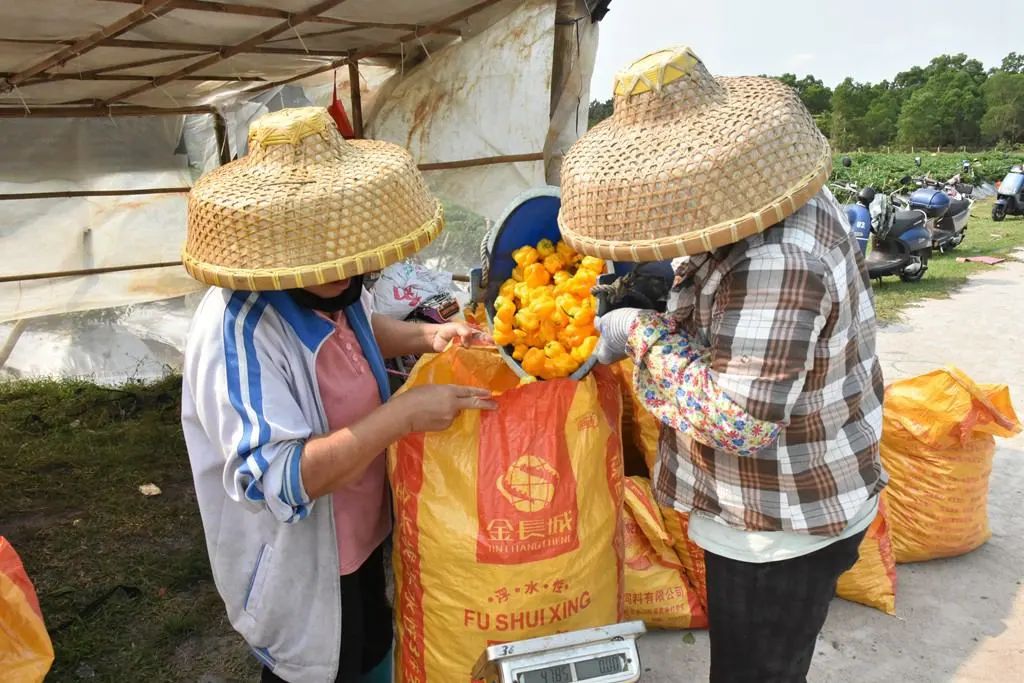
harvest of habanero pepper seeds
Watering and Climate Adaptation of hybrid habanero pepper
Consistent moisture is essential, especially during flowering and fruit set. Avoid overwatering to prevent root diseases. In hot, dry climates, use shade cloths during peak sun hours. In cooler areas, greenhouses or tunnels extend the season and boost yields. #habaneropepperfarmingingreenhouse
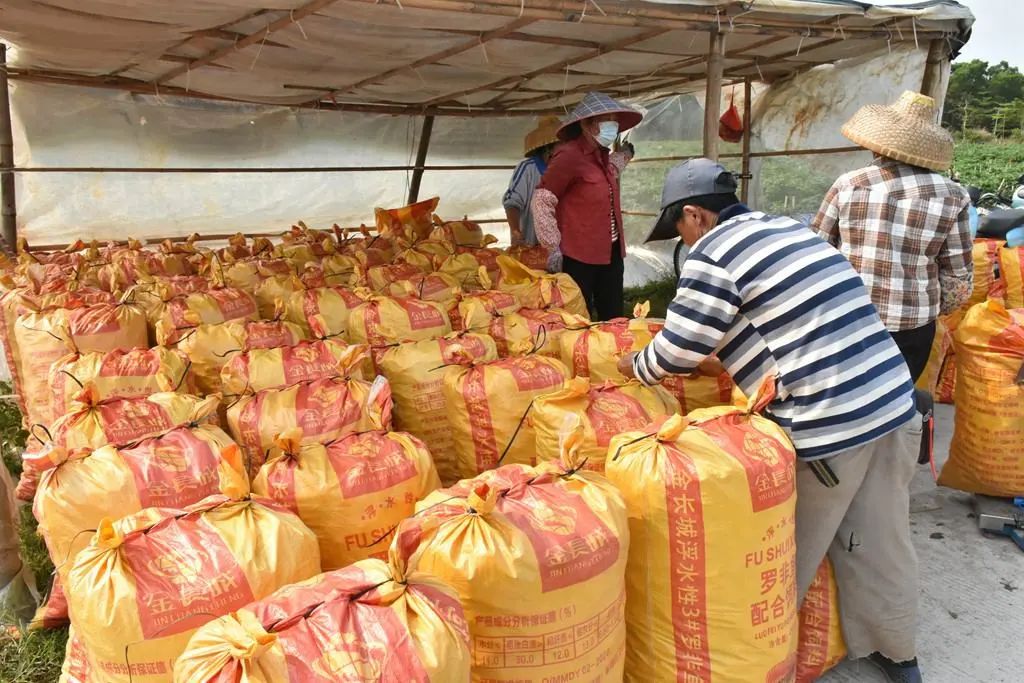
habanero pepper
Pest & Disease Management of habanada seeds
- Common Pests: Aphids, whiteflies, thrips, and cutworms.
- Diseases: Damping off, bacterial spot, and mosaic virus.
Use integrated pest management (IPM), rotate crops, and plant disease-resistant varieties like those from Luteseeds. #habaneropestsanddiseases
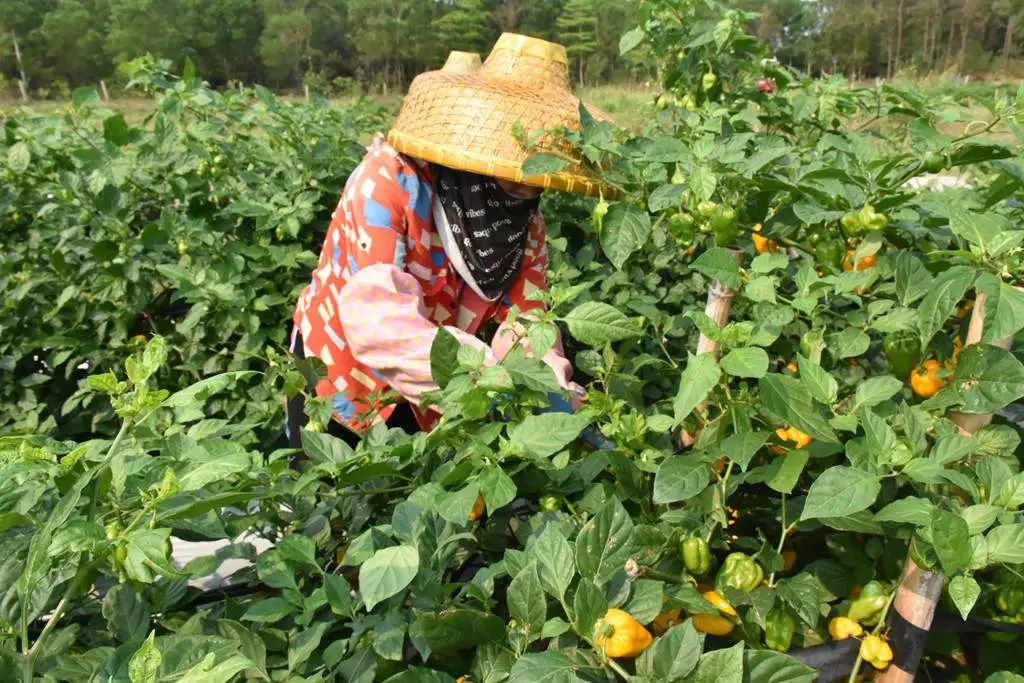
Pruning, Staking, and Plant Maintenance
Prune lower branches to improve airflow. Stake taller plants to support fruit-laden branches. Use single or double stem training methods in greenhouses for maximum efficiency and airflow.
Flowering and Pollination
Habaneros self-pollinate, but airflow and pollinators increase fruit set. Keep humidity levels moderate to encourage pollination and prevent blossom drop.

Harvesting and Post-Harvest Handling
Harvest peppers once they reach their full color (orange, red, or other depending on the variety). Use pruning shears to avoid damaging the plant. Post-harvest, clean peppers with fresh water and store them at 7–10°C in high humidity for best shelf life. #habaneropepperyieldperacre
Yield Expectations and Profit Analysis
Under ideal conditions, you can expect 15–25 tons per hectare depending on management practices and variety. With high market demand and Luteseeds’ high-germination-rate varieties, profitability is within reach. #highyieldhabanerovarieties
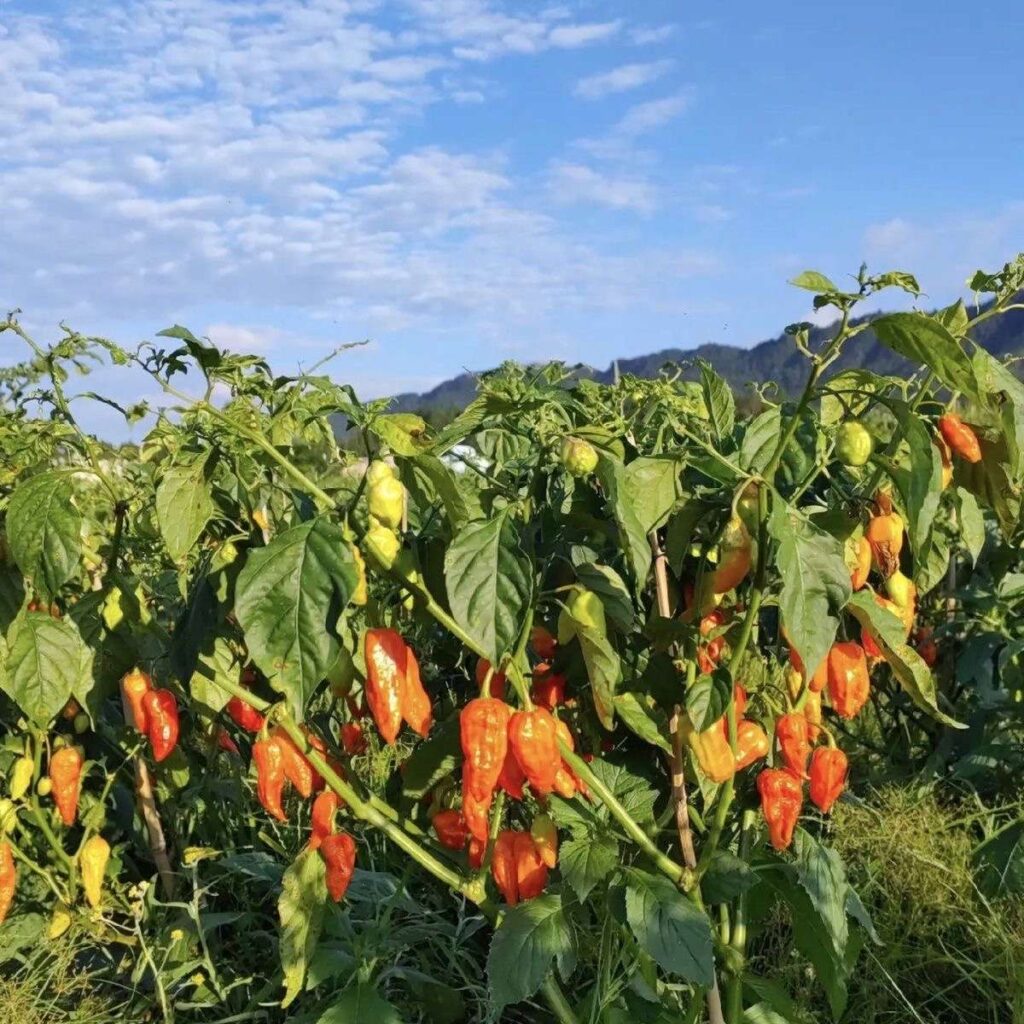
Advanced Techniques: Greenhouse and Hydroponics
Growing habaneros hydroponically or in greenhouses allows for year-round production and higher density planting. Control of climate, pests, and nutrients leads to more predictable and profitable yields.
Grower Testimonials
Farmers across Africa, the Middle East, and Southeast Asia are reporting strong yields and vibrant flavor using Luteseeds’ habanero pepper seeds. Their success showcases our brand promise: sow the seeds, light up the earth.
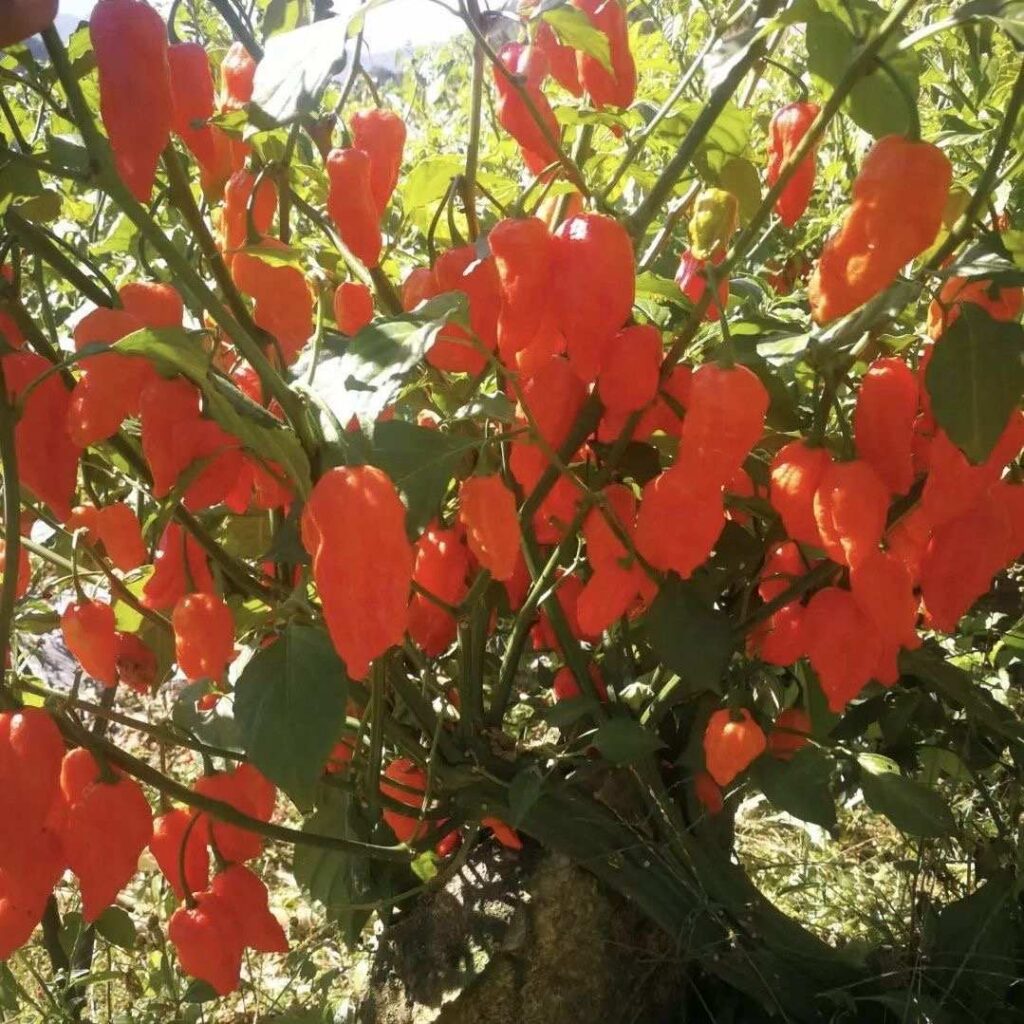
Why Choose Luteseeds?
- High-germination, disease-resistant seed stock
- Expert growing guides and technical support
- Commitment to sustainability and farmer success
At Luteseeds, we don’t just sell seeds. We partner with growers to light up fields, families, and futures.

Conclusion: Sow the Seeds, Light Up the Earth
Habanero peppers may be demanding, but with the right strategy and high-quality seeds, the rewards are immense. Whether you’re growing for home use or commercial profit, trust Luteseeds to be your partner in cultivating heat and success.
#habaneropeppergrowingguide #howtogrowhabaneropeppersfromseeds #bestclimateforhabaneropeppers #habanerocultivationtips #organicfarminghabanero #habaneropestsanddiseases #habaneropepperyieldperacre #luteseedshabaneroseeds #highyieldhabanerovarieties #habaneropepperfarmingingreenhouse #hybridhabaneroseeds #f1habanero


